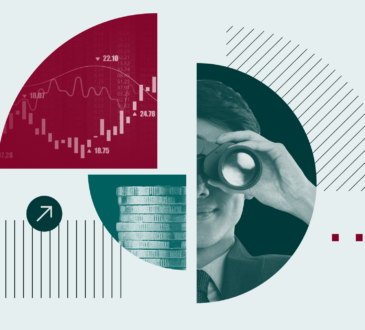Will the Stock Market Crash as Tariffs Hit the Economy in 2025? History Offers an Important Clue.
-
The S&P 500 crashed when President Trump unveiled his “Liberation Day” tariffs in early April, but the benchmark index has since staged an astounding recovery.
-
History says President Trump’s tariffs could cause a recession, and the S&P 500 has declined by an average of 31% during past recessions.
-
The S&P 500’s best days and worst days often occur in clusters, so investors that sit on the sidelines during drawdowns risk missing the rebound.
The S&P 500 (SNPINDEX: ^GSPC) rocketed higher when Donald Trump won the presidential election in November. Investors assumed his administration would usher in a period of booming economic growth with tax cuts and deregulation. Instead, Trump has made changes to U.S. trade policy that numerous economists say will slow economic growth and raise prices.
The S&P 500 began falling in February when Trump fired the first salvo in the trade war: He announced tariffs on goods from China, Canada, and Mexico, followed by duties on aluminum, steel, and auto imports. But the losses accelerated in April when the president unveiled more aggressive “Liberation Day” tariffs. The news erased over $6 trillion from the U.S. stock market in two trading days.
Surprisingly, the S&P 500 has since staged one of its greatest comebacks in history. The index is actually up 2% year to date and currently sits within striking distance of its record high. Trump softening his stance on certain trade policies has been the primary reason for the recovery, but the most aggressive tariffs are merely paused and some Wall Street analysts think investors have been lulled into a false sense of security.
Will the stock market crash (again) in 2025? Here’s what investors should know.
The Budget Lab at Yale University estimates tariffs effective as of June 2 have pushed the average tax on U.S. imports from 2.5% in 2024 to 15.6% in 2025, the highest level since 1937. History offers a clue about what may happen if President Trump stays the course with the current trade war. Consider this information:
-
The average tax on U.S. imports rose 14 percentage points between 1918 and 1933. That is similar to the 13-point increase this year, but the present situation is arguably more severe because of the accelerated timeline. President Trump has effected a massive tariff hike in a matter of weeks rather than over 15 years.
-
The U.S. suffered five distinct recessions between 1918 and 1933, including the Great Depression. In fact, tariffs were such a persistent headwind during that 15-year period that the U.S. economy spent 95 months (about half the period) in a recession, according to the National Bureau of Economic Research.

